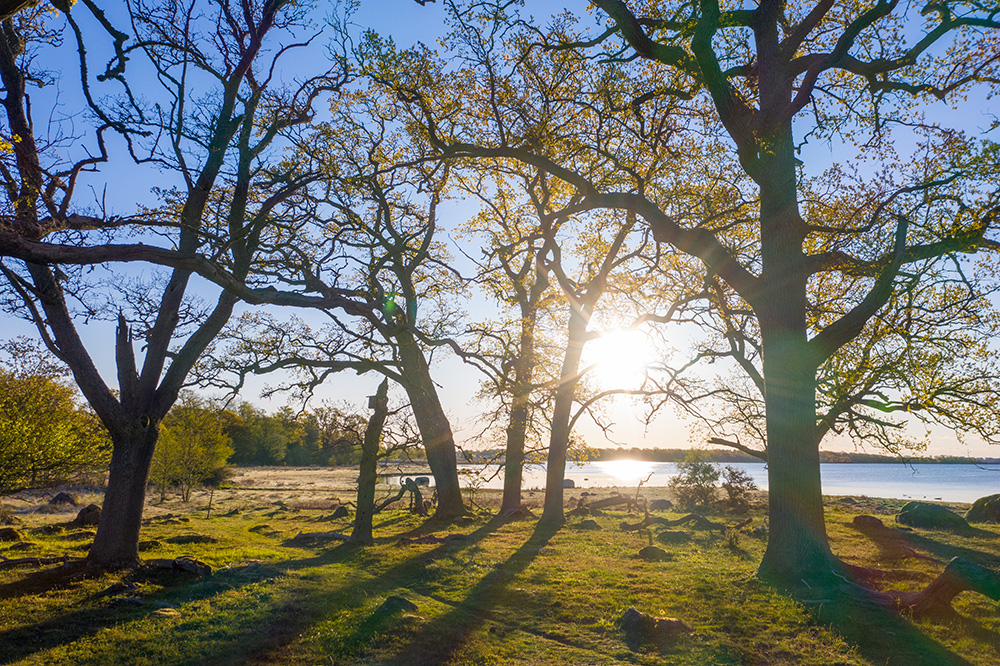Opportunities
Restoration and management
Restoration is the best option to save overgrown oak habitats. Large restoration projects can be co-funded by the EU’s LIFE Programme, although it can also be done on a smaller scale. It is also important that funding for the restoration of pastures is constructed so that different types of grasslands can also get support, e.g. wooded mosaic pastures.
There must be a major investment in the management of oak habitats. To conserve and develop oak habitats, the best and most cost-effective management method is to make them semi-open and mosaic, and to reintroduce grazing. To protect endangered species, in particular wood-living insects, there must be a major effort to increase the number of cavities and other habitats in the next generation of oaks.
Here, habitats must be created through active measures such as wood mould boxes and veteranisation (see chapters on wood mould boxes). These measures have the greatest impact in locations and landscapes where many species remain, including the endangered and red-listed species. This is because many endangered species, both insects and lichens that live near old oaks, have difficulty dispersing.
It is also important to conserve and manage other types of trees, such as ash, aspen, horn- beam, birch, beech, alder, lime and maple, because these share many cavity-dwelling species with oaks. These trees can develop holes much quicker than oaks, and the bark of ashes and maples has a high pH level, which is advantageous for many lichens.
Green infrastructure
The investment in green infrastructure is an opportunity for the oak habitats. For instance, the county administrative boards in Kalmar, Blekinge and Östergötland have developed valuable networks and deciduous broadleaf tree core areas. These help with determining which areas to prioritise in the work to connect these habitats. When this work develops into concrete implementation projects, the benefits are many.
The action programme for endangered species
Outside the protected areas, the county administrative boards can use other means to benefit the oak habitats and link together the landscape. One important tool is the action programme for trees in the cultural landscape that have high nature conservation values, and the action programme for the hermit beetle.
Municipal landscape planning
Many municipalities are large landowners. By developing ecological landscape plans, municipalities can benefit oak values, in both the long and short term. See the chapter on Linköping Municipality.
Climate change
For much of the biodiversity, climate change is a threat. However, oaks can withstand higher temperatures and wetter winters better than most tree species. For oaks, the challenge will be to survive long periods of summer drought.
Proud landowners
Many parts of the landscape in southeastern Sweden still have quite a few oak trees. And many landowners are very proud of their old oaks. This engagement should be supported and enhanced. With appropriate conservation and care, after a century or so, these habitats can once again be species-rich, and house large populations of currently endangered species.
Collaboration
To succeed in the conservation of oak habitats and all of these species, the dialogue between landowners and state and municipal agencies must function well. Also, managing this land must bring financial benefits. There must also be collaboration with the part of the woodlandry industry that uses oak to make wood products. A national plan should be devised, where industry, landowners and state agencies agree on how to manage the conservation of biodiversity in the oak habitats and the development of oak as a raw material.

